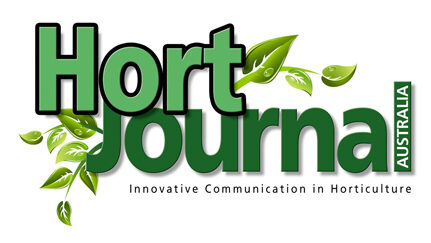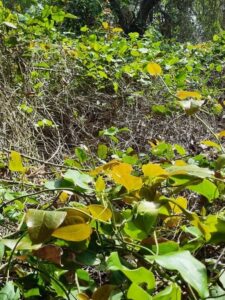
Revegetation done right
By Patrick Regnault
I would like to start with a definition: Revegetation is the process of planting or seeding an area that has been too damaged for natural regeneration. Revegetation is important to help restore degraded land, create wildlife corridors, mitigate flood damage and reduce soil loss through erosion. There are however risks associated with revegetation if it is not carried out appropriately, potentially affecting plant genetic, animal and soil biome biodiversity.
Plant genetic biodiversity
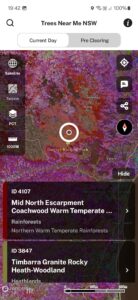
Revegetation needs to be seen as restoring some sort of balance and repairing genetic losses. To be effective, revegetation projects need to understand where the plant materials are sourced from. Seed-grown plants are best with seed collected from multiple sites and multiple trees. In some cases, an ecogeographic approach, where seed is collected from several large healthy populations at collection sites matched for climatic, edaphic and other environmental variables at the restoration sites, with less consideration given to geographic distance between them, may be a more appropriate strategy for seed collection1. Plant choice needs to be related to the habitat that needs to be established. There is a very good NSW app called ‘Trees Near Me’ which is useful in selecting trees, shrubs, groundcovers and vines that are historically specific to your precise location.
Animal biodiversity
Planting a large variety of taxa increases the chance of food supply and habitat for the local fauna. In some areas, vine thickets need to be established to create the nesting sites required for some bird species. They also provide refuge and important food source for fructivorous birds, bats and other small mammals. Leaving some logs on the ground to rot helps to kickstart the faunal and microbial regeneration creating a food source for invertebrate and, by extension, small marsupials, monotremes, reptiles and birds.
The larger the palette of plant taxa planted, the larger the faunal diversity. The selection of diverse plant families also helps to create a disease-resistant community. When choosing plants for native revegetation, creating a list with genus, species and family can help avoid the mistake of creating a plant family monoculture, thus eliminating potentially large problems if a family-specific pathogen comes to strike. Myrtle rust (Austropuccinia psidii) is a case in point. When a large-scale plant disease hits, it affects the fauna directly due to their dependence on the flora for food and shelter.
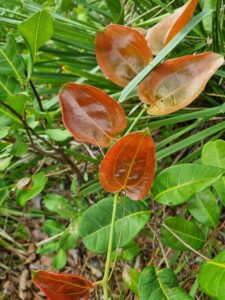
Soil biome biodiversity
The more diversified the flora growing above the ground, the more diverse the soil biome will be. Plant production, the amount of growth a plant gains, affects the amount of organic matter that falls on the ground. In turn, the greater the variety of organic matter, the greater the activity of detritivores. Root system diversity increases soil moisture retention and with added plant material on the ground it provides a temperature buffer and a more stable environment for the soil biome.
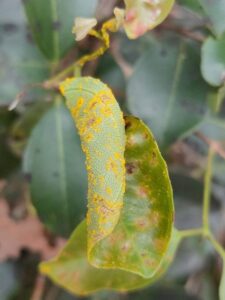
Time
In this complex interconnectedness we must factor in time. As revegetation matures, the interaction of soil, plants, fungi, bacteria, vertebrates and invertebrates creates a loop that builds a self-sustaining yet subtly changing environment. This loop can be easily disturbed from the onset if, during establishment, chemical rather than mechanical maintenance is undertaken. The difference in speed of growth between a revegetated plot that is maintained four times a year by whipper snipping and one where chemicals are used at the same interval is quite stark. Weed cuttings left on the ground limits erosion, and both feeds and protects the soil from drying out. Chemical weeding castrates this cycle of creation; it is faster in the short term and may be perceived to be more economical, but it slows plant growth and associated soil cover.
Revegetation is far more than planting and optimism. It is not about feeling good and personal gratification. It is about life, about the creative and destructive cycles; if a part of the natural balance is missing or overpowering, the natural system breaks down. Revegetation is about understanding that relationship, and promoting it without doing too much or too little, whilst giving it time to work.
All images supplied by the author.
References
- Millar, M. A., Byrne, M., & Coates, D. J. (2008). Seed collection for revegetation: Guidelines for Western Australian flora. Journal of the Royal Society of Western Australia, 91(3), 293–299.
Patrick Regnault FAIH RH0062
Interactive Landscapes
E: patrickregnault@hotmail.com
